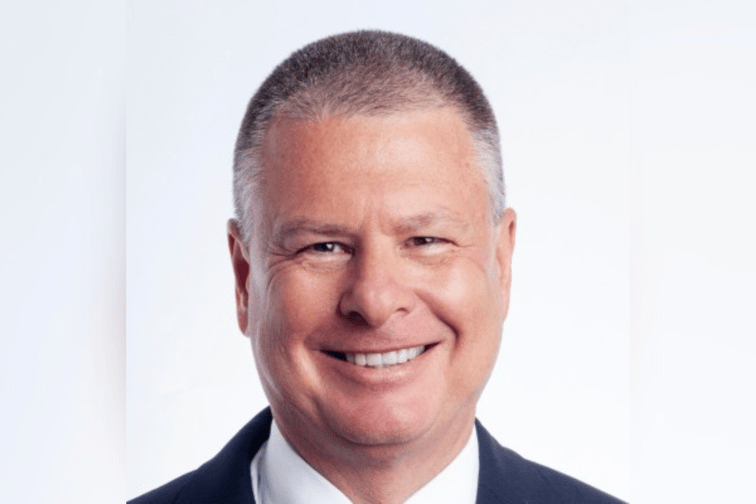

The Australian Actuaries Institute Climate Index has reached the highest rainfall and temperature levels since the index was launched in 2018. Rade Musulin (pictured above), chair of the Institute’s Climate Risk Working Group said, given the trend in the index over time, the record was no surprise.
“What stood out was the degree of extreme rainfall relative to the base period from 1981-2010,” said Sydney based Musulin, who is also a principal at Finity Consulting.
He said during March rainfall exceeded the baseline six times more frequently and over long periods.
“While this is consistent with the message of the IPCC (Intergovernmental Panel on Climate Change) in its recent assessment, it was striking for it to occur so soon and with such intensity,” said Musulin.
In March, the IPCC released a joint paper with the International Actuarial Association - Musulin was a lead author – warning of extreme climate risks.
“In coastal cities, the combination of more frequent extreme sea level events (due to sea level rise and storm surge) and extreme rainfall/riverflow events will make flooding more probable (high confidence),” said a section of the report, Climate Science: A Summary for Actuaries - What the IPCC Climate Change Report 2021 Means for the Actuarial Profession.
According to the Actuaries Institute, their Climate Index is an objective measure of extreme weather conditions and changes to sea levels designed to provide an easy to interpret and valuable metric for actuaries, policy decision-makers and the general public.
Musulin said the Index illustrates climate change differently than other public metrics by focusing on extreme weather trends which trigger insurance losses, helping the public understand the drivers of insurance costs.
“In the future we hope to further develop it by more explicitly matching it to loss experience,” he said.
Musulin suggested the Index underscores the urgent need to improve the disaster resilience of Australia’s communities and said insurance companies have an important role to play. He said insurance premiums are a powerful tool to send economic signals about risk to consumers.
“But their [insurance premiums] utility for climate risk is limited by a mismatch of time horizons, likely a year for a premium vs. decades for climate risk,” he said. “So insurers also need to advocate for investment in making buildings and infrastructure better able to withstand extreme weather to help keep premiums affordable.”
Musulin credited the Insurance Council of Australia (ICA) with “major contributions” to that effort including its recent paper, Building a More Resilient Australia.
“Since it will take decades for greenhouse gas reductions to be reflected in reduced risk of extreme weather, we have no choice but to invest in adaptation measures now to protect communities,” he said.
Musulin said brokers “absolutely” have an important role too.
“Brokers are on the front line of interacting with the public on insurance issues and can play a key role in education and explanation,” he said. “By learning more about the issues they can help build community support for action on resilience and help their client make efficient insurance and risk reduction decisions.”
He said there are encouraging signs that the government and other stakeholders are starting to move more quickly to implement resilience measures. But the pace is still slow, said Musulin, and there is much more to be done.
“One key area is to strengthen building codes not just for today’s weather but that of the future,” he said. “We know it costs less to build something right in the first place than to try to retrofit it in the future and there needs to be a major focus on how to make cost-effective decisions today on code improvements that can withstand the test of time.”
Musulin said if you build something to be around in 50 years’ time, you need to consider how the risk from extreme weather may change over that period.
“That will require an evolution in how we think about the problem,” he said.
At the Actuaries Institute Summit in Melbourne in May, Ramona Meyricke, actuary and director at Taylor Fry, set out the case for an urgent and radical reform of the way the public and private sectors deal with climate change.
“We urgently need to adapt to climate change or we will face serious human and economic damage. This is true around the world but especially here in Australia,” said Meyricke, who is also a member of the Institute’s Climate Change Working Group.
